Research & Analysis
U.S. Institute of Peace’s articles, reports, tools and other features provide policy analysis, research findings, and practitioner guides. These publications examine critical conflict issues at the center of the Institute’s work to prevent and resolve violent conflict.
The views expressed in these publications are those of the author(s).
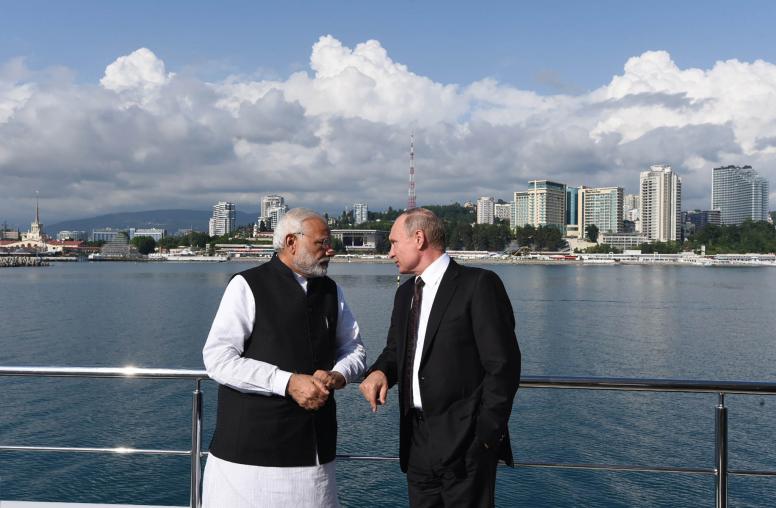
Can India Advance Peace in Ukraine?
Since the start of Russia’s war in Ukraine, India has worked to protect its strategic relationship with Russia while maintaining its burgeoning ties with the United States and Europe. India’s balancing act was on display earlier this year when Prime Minister Narendra Modi visited Russia in July and made a historic trip to Ukraine the following month. Modi has portrayed a neutral stance on the Ukraine war and positioned India as a key player in any potential peace process.
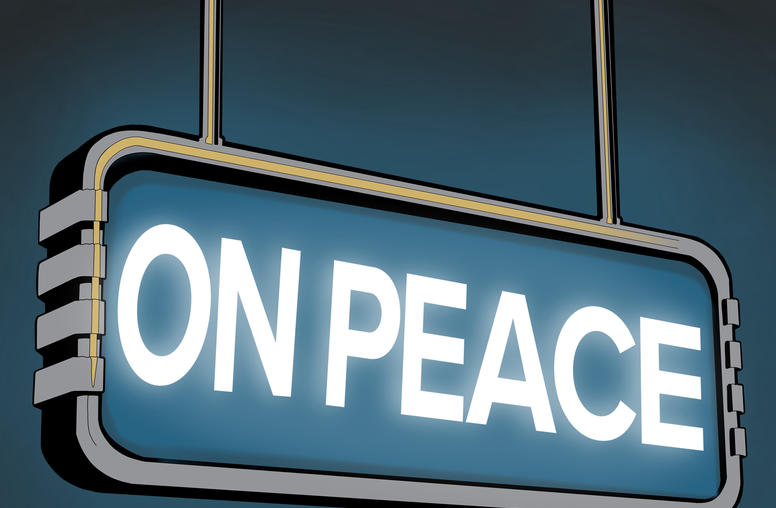
Donald Jensen on the War in Ukraine’s Trajectory
As Ukraine considers the “politically loaded” question of whether to lower the age of military mobilization, Putin increasingly sees the war “not just as a land grab, but as a civilizational battle between Russia and the West,” says USIP’s Donald Jensen, adding: “We should not think that the war is anything close to being settled.”
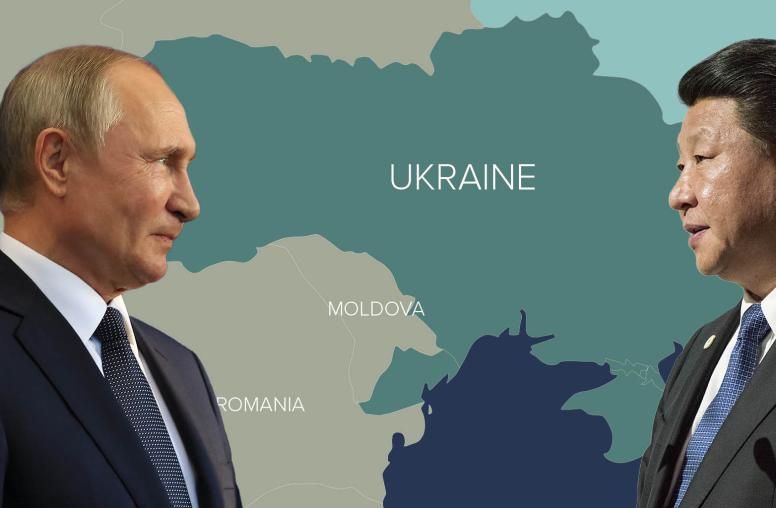
Ukraine: The Inflection Point in the China-Russia Axis
The ongoing conflict in Ukraine has catalyzed a profound shift in global power dynamics: the deepening of the partnership between China and Russia. This relationship, while rooted in history, represents a significant departure from previous patterns of cooperation. China-Russia ties have evolved from a transactional relationship of convenience to a more durable strategic alignment, while continuing to fall short of a full-blown military alliance. This development challenges traditional Western assumptions about the limits of authoritarian cooperation and may signal the emergence of a new model of international partnership.
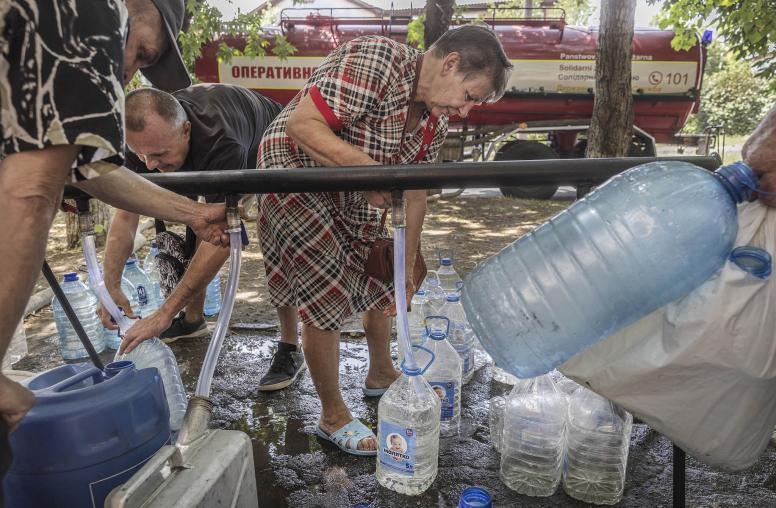
Protecting Water Infrastructure During War
The weaponization of water resources is among the most devastating tools used in violent conflict. And while this tactic has been pervasive throughout history, it’s on the rise. State and non-state actors across the globe are increasingly exploiting the capture, control and outright destruction of water resources and related infrastructure to inflict indiscriminate human suffering and further their own strategic and military aims. To put this devastating trend into historical context: Out of all the recorded incidents targeting water infrastructure over the last 2,000 years, 41 percent have occurred since 2020.

China and Ukraine: Pulling Its Weight with Russia or Potemkin Peacemaker?
On Thursday, China’s ambassador, Ma Shengkun, presented his credentials at Ukraine’s Foreign Ministry. Ma, a career diplomat with a background in arms control, replaces Fan Xianrong who had held the post for the past four and a half years. While a diplomatic reshuffle was due, the timing of the turnover and the selection of Ma, in tandem with other recent developments, suggest that China discerns a gradual gathering of momentum for a peace process or truce talks in coming months. In short, Beijing may be seeking to posture itself in anticipation of a new initiative to end — or at least pause — the war in Ukraine.

China’s Dilemmas Deepen as North Korea Enters Ukraine War
Until late October, the big questions about China’s role in the Ukraine conflict centered around whether Beijing would choose to expand its support for Russia to include lethal aid, or if it might engage in more active peacemaking to end the conflict. Then, on November 4, the Pentagon confirmed that North Korea sent more than 10,000 troops to Russia’s Kursk oblast, where Ukraine had captured some territory earlier this year. Days later, the State Department confirmed that North Korean soldiers had begun fighting Ukrainian troops.
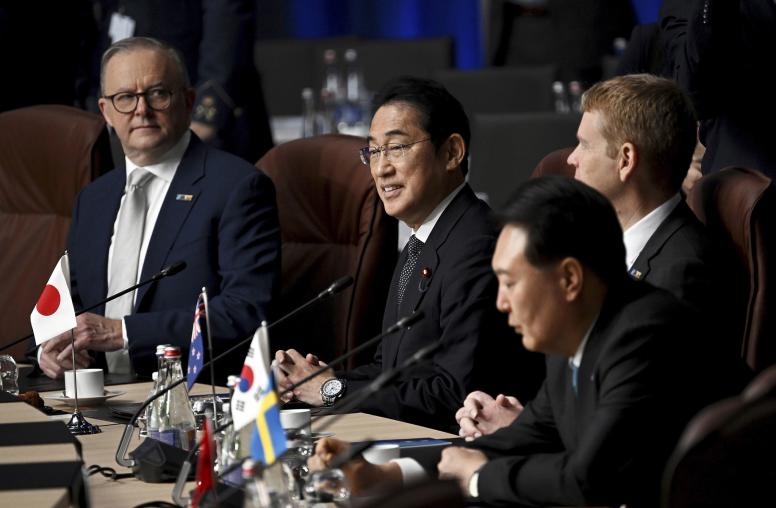
Australia’s Strategic Thinking on the War in Ukraine, NATO, and Indo-Pacific Security
Russia’s war against Ukraine has spurred closer cooperation between Euro-Atlantic and Indo-Pacific states and organizations, particularly Australia and NATO, signaling a deepening of ties that could have long-term benefits for global security. Over the long term, writes security expert Gorana Grgić, such alignment is crucial for signaling to potential aggressors that global coalitions are prepared to respond. This report analyzes Australia’s response in order to examine Canberra’s strategic thinking with respect to cross-theater cooperation, and it offers recommendations for US, NATO, and Australian policymakers.
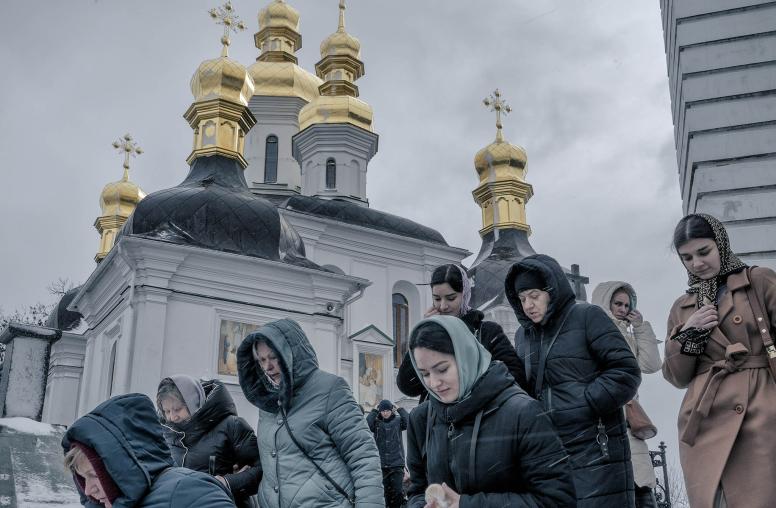
How Ukraine is Navigating Russia’s Weaponization of Religion
Since 2014, Ukraine has been trying to repel escalating Russian aggression. But while Russia is a much larger country, with far more weaponry and manpower, their efforts to undermine Ukrainian state sovereignty extend far beyond armed combat. The Kremlin has used its close ties to the Russian Orthodox Church (ROC) to weaponize religion in favor of Russian interests.

North Korean Troops in Russia Show Putin Is Doubling Down on Ukraine War
After signing a mutual defense pledge in June, North Korea and Russia relations appear to be deepening. U.S. officials confirmed last week that North Korean troops, including elite special forces, were in Russia for training and potentially combat operations against Ukraine. This represents a “dangerous expansion of the war,” according to U.S. and NATO officials. It could also have serious ramifications for peace and security on the Korean Peninsula. South Korea is concerned that the deployment of North Korean troops could provide them valuable combat and technical experience. Meanwhile, China is watching closely to see what this means for its influence over North Korea and the implications for broader geopolitical tensions with the West.

Ukraine’s Plea: Security Pledges Are the Path to Lasting Peace
Ukrainian President Volodymyr Zelenskyy outlined to the Ukrainian parliament last week, for the first time in a public address, his victory plan to end the war. The plan, a roadmap on how to bring to the conflict to a close, contains five sections and three classified annexes that cover everything from meeting military requirements today to rebuilding the Ukrainian economy at the conclusion of the war. Zelenskyy has attempted to gather resources for the war and rally allies around a common goal. He spent the past two weeks on the road, briefing senior U.S. leaders, including both presidential candidates, Europeans and NATO’s secretary-general on what he sees as vital to ending Russia’s war on his country in an enduring way: NATO membership.